Mars: War Logs Review
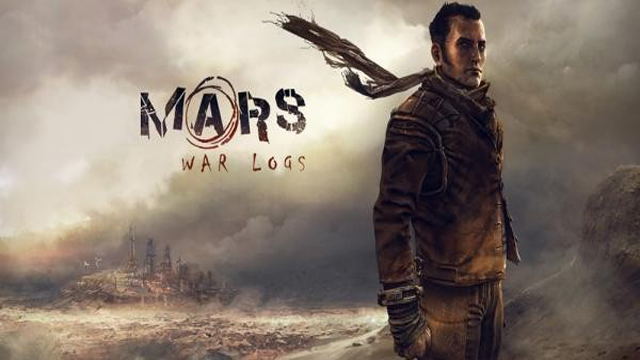
The Good: Surprisingly strong story. Innovative take on melee combat system.
The Bad: That mostly turns out not to work all that well.
The Ugly: Bland pallets, crappy sidekick AI, rotten keymapping.
Mars: War Logs is a hard game to completely hate. How’s that for a quote to put on the back of the box? It tries a lot of different things to break out of the ordinary action brawler RPG mold, and while most of what they try doesn’t work, I have to give them some points for trying. Perhaps future generations will attempt to carry on some of these ideas with greater success and execution.
Set in the future (maybe they mention a specific date and I forgot it, maybe they don’t) there is a war going on Mars. Here’s a word of advice to game designers: don’t set games on Mars. It ruins the color palette and is brutal on the eyes. Look! Red sand! And more red sand! And here’s some that is kind of reddish-brown! Oh! The variety! Anyway, as a young soldier and then POW, you are thrust into a brutal prison camp where your assets, pun intended, are immediately up for grabs. You are rescued by another prisoner, and it turns out that other prisoner is the role you play throughout the game. The role of the first prisoner (who is named Innocence – there’s kind of a long story there I’m not going to go into) is that of story narrator. And although it is a narrative technique that is unevenly applied at best, Innocence’s observations of your activities add some nice touches to the overall storyline.
In prison you are introduced to the combat system, which focuses strongly on melee. Attacks, blocks, counter attacks, guard breaks, and some dirty tricks add up to what should have been pretty exciting fighting mechanics, but falls prey to the fact that fighting in that way against a single opponent is hard, two opponents is very hard, and three is absolutely impossible. With three guys all swinging pipes at your head, feints and blocks and almost any strategy quickly gives way to evasion rolls and running around in circles. Combat ends up involving a ridiculous amount of dive rolls, making a quick swing or two, and rolling away again, like a combat technique mixed with a pre-school gymnastics class. Your sidekick (who is Innocence early one, but can be swapped out later) doesn’t do all this rolling around, and therefore very quickly ends up unconscious on the ground, serving as little more than a speed bump to delay additional enemies from dog piling on you.
Weapons and armor are, appropriate to the story, scrap pieces of this and that. You start with, say, an iron pipe, but can kludge on bits of cloth or leather to improve the handle or metal and bone to improve the blade to increase the damage numbers. Interestingly such makeshift weapons never wear out or require repair, which doesn’t fit well in the theme, but otherwise the crafting system is pretty good. When you have shortages in one material, you can somehow create the scraps you need from other ones. Several pieces of cloth can be combined to make leather. Leather and (I think) metal can be combined to make bone. That alchemy is a little perplexing, and the inventory menu that lets you do that is supremely irritating. Merchants can also sell you scrap you need to complete an upgrade (their menu structure is also almost completely worthless). Beyond all the scrap hauling, there is a material known as “serum” that behaves somewhat like money in that you can use it to bribe people and buy things, but you can also loot serum from fallen enemies (doing so kills them, though you can get less serum without killing them). Health potions are also created with serum, so it’s a pretty all-purpose substance.
The game features a single gun – a nail gun. It doesn’t do much damage, ammunition isn’t exactly plentiful, targeting is hard, and technically you can’t equip it like you do a melee weapon. You bind the gun to a key 0-9, and if you have a target in your crosshairs you can press the key to fire a single shot. I don’t know about you, but playing with WASD and the mouse, having bound health potions to 1, and a couple of fighting techniques to 2 and 3, the gun ends up on 4, or maybe 5 – it’s almost impossible hit the right key reliably in a combat situation while your target is lined up. Later in the game other offensive powers show up (more on this in a moment) and they get bound to 6 and higher? Why not T or R, or some other key I can actually get to without looking at my hands? Because their keymapping doesn’t work that way, and this is the first game in recent memory where the controls really impacted my ability to play it.
When you escape from the prison (a laughably easy undertaking) you flee to a nearby town, which graphically doesn’t look all that different from the prison. It’s a shantytown, and if it weren’t for the map I would have been continually lost because everywhere more or less looks the same. The map also helpfully shows you exactly (and I mean exactly) where you need to go to accomplish various quests and side quests. It takes all the guesswork out and keeps you from losing the plot thread, but it also reduces many missions to nothing more than run over here and kill that guy, then run back here and tell me you did it and claim your reward. Wash, rinse, repeat.
The final wrinkle in this mélange is a group known as the technomancers who use technology to give them what are best described as force powers – lightning bolt, force shield, and the ability to electrically charge up melee weapons for additional damage. When you get these powers, they must also be bound to keys 0-9 to use, which as I explained earlier made them hard to use, at least for me. Lightning bolt, for example, I found as difficult to target and use in combat as the nail gun. Force powers run off a supply the game calls “juice” (different from serum) which charges slowly over time, so slowly that in a typical combat you can get off maybe half a dozen force attacks, and then you’re back to head bashing.
Beyond the combat mechanics, Mars: War Logs is a pretty basic RPG. It has a very linear plot with few side quests. There are sometimes little choices to be made, such as kill this guy, or try and get him to do something without killing him, but they impact overall gameplay in only the most trivial of ways. It tries to make up for its kind of redundant action by heaping on the experience points and leveling you up very quickly. Most of the skills you gain by leveling are dull – extra damage in attack, such and such reduction of hit damage, improved health potion effectiveness, craft additional upgrades, find more loot – but you do gain a lot of them.
I had been hoping (and kind of expecting from the trailer) for a sort of Arkham City combat structure in the form of a more classical RPG. This is not that game. The melee combat engine, while interesting, doesn’t actually balance well, and it results in combat that feels ridiculous and clunky where Arkham was fluid and dynamic. The scrap armor and weapon upgrade system likewise is interesting, but is often hampered by poor menu design choices. Then nine or ten hours after you’ve begun, it’s over, and you can go on with your life wondering why so many pretty good ideas overall turned out pretty badly.
Reviewed By: Phil Soletsky
Publisher: Focus Home Interactive
Rating: 65%
——————————————————————————–
This review is based on a digital copy of Mars: War Logs for the PC provided by Focus Home Interactive.
 Game Over Online
Game Over Online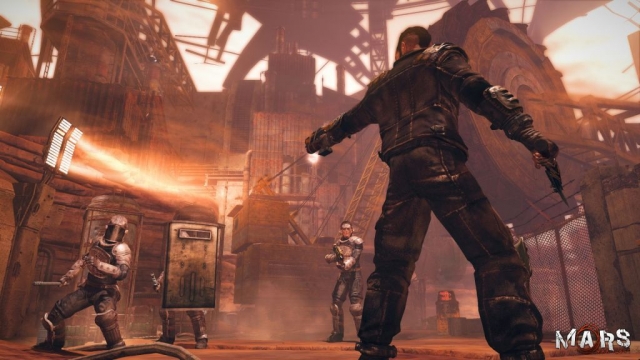
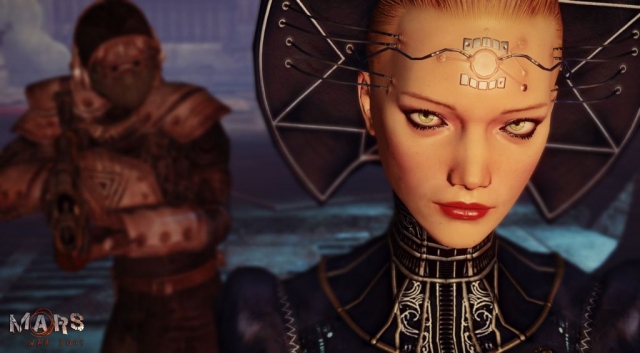
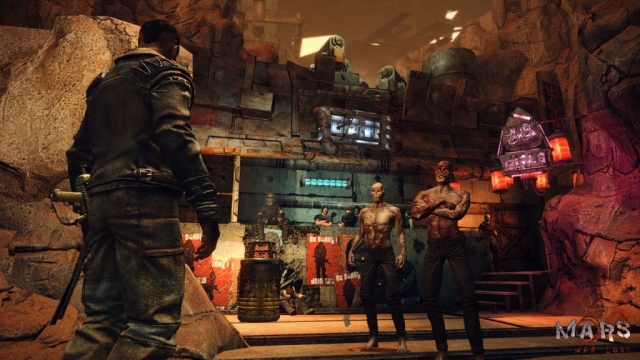
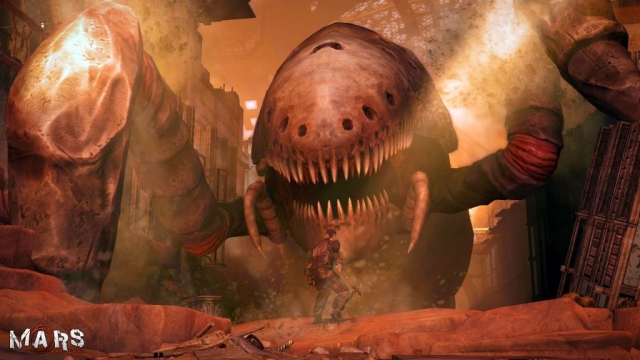
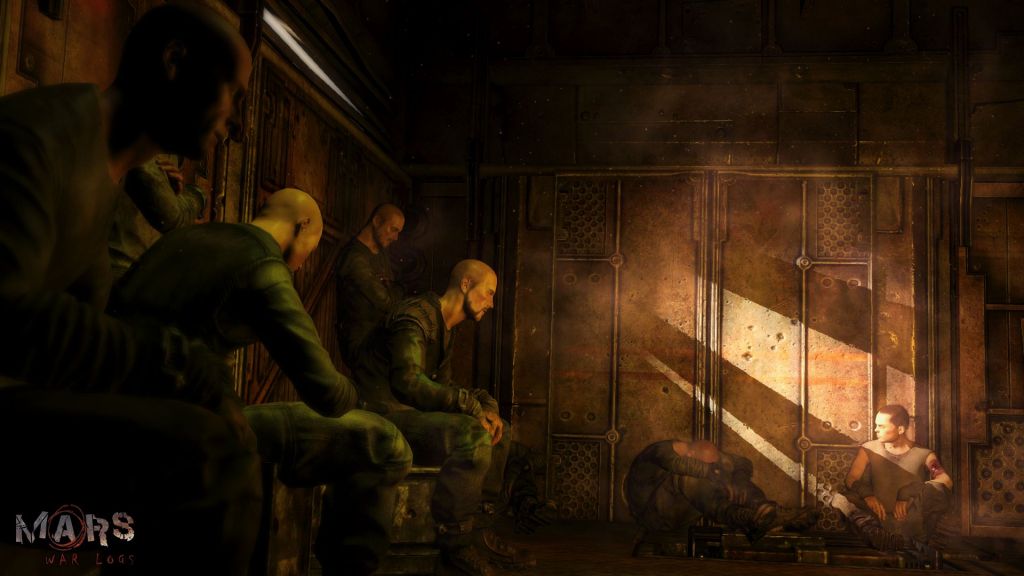
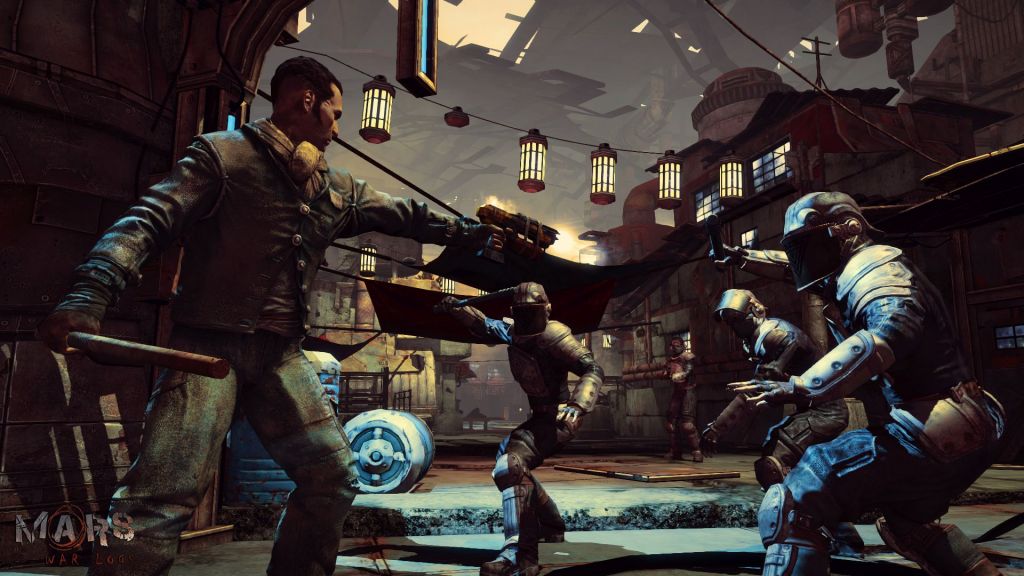
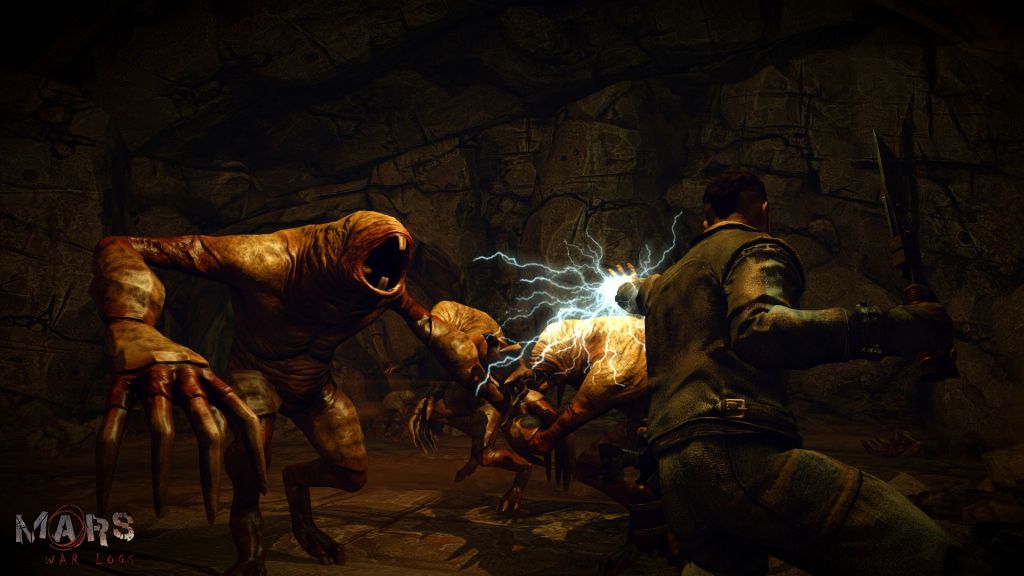
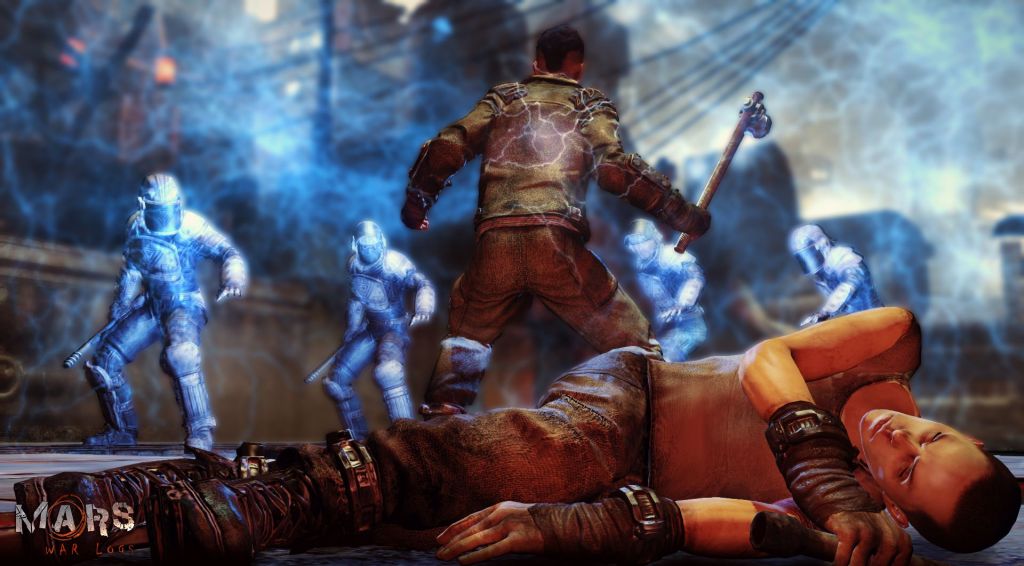
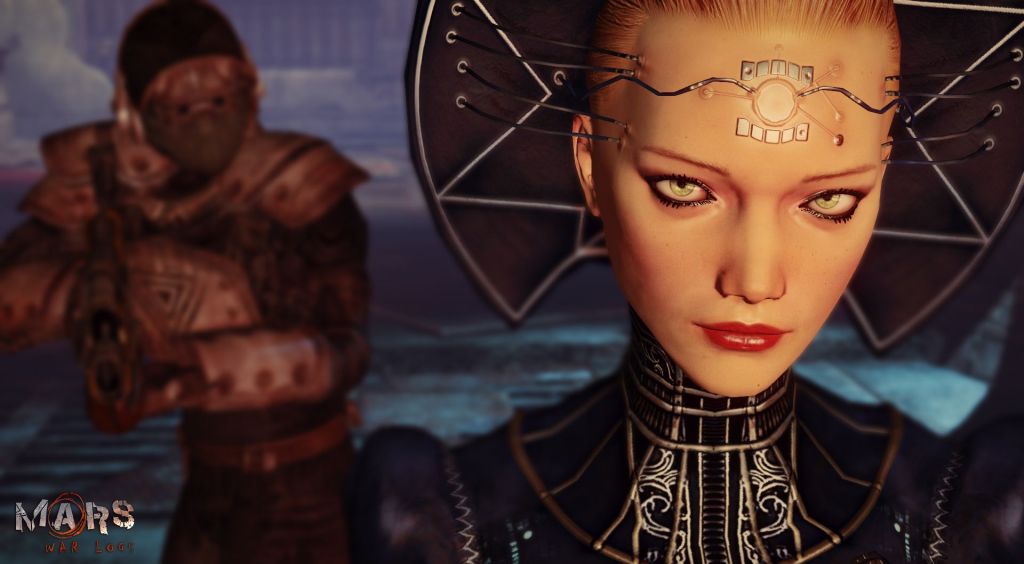
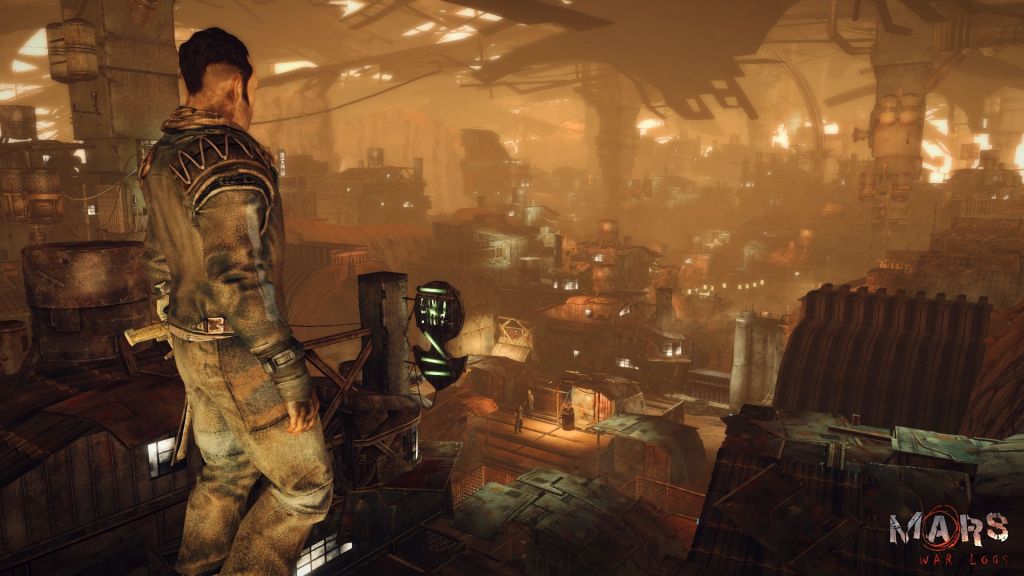
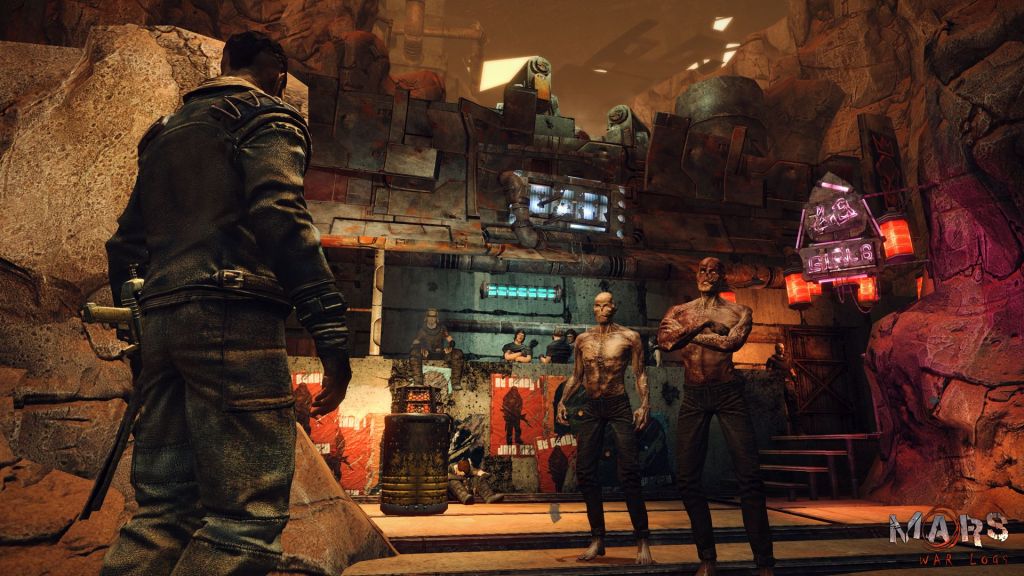
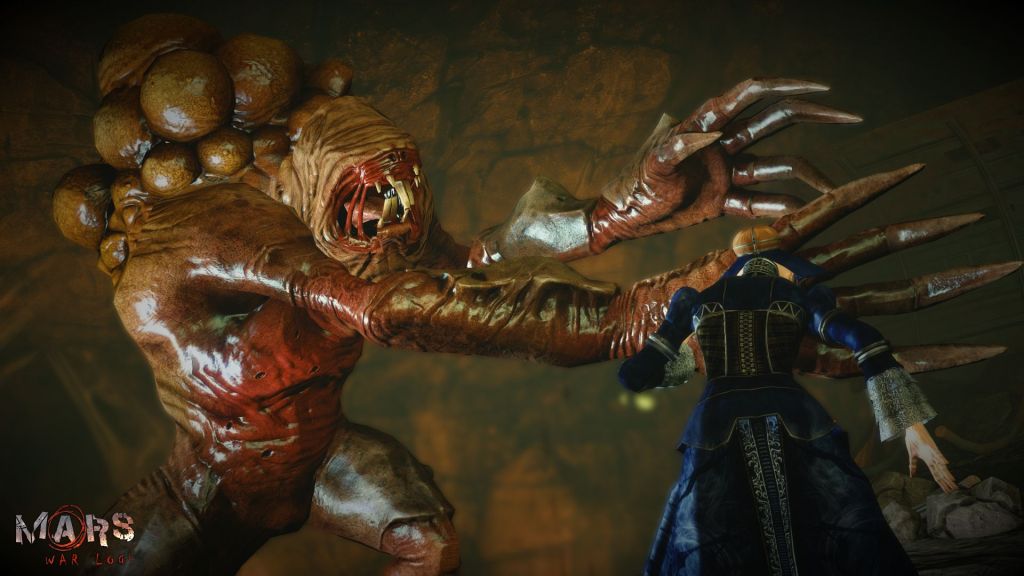
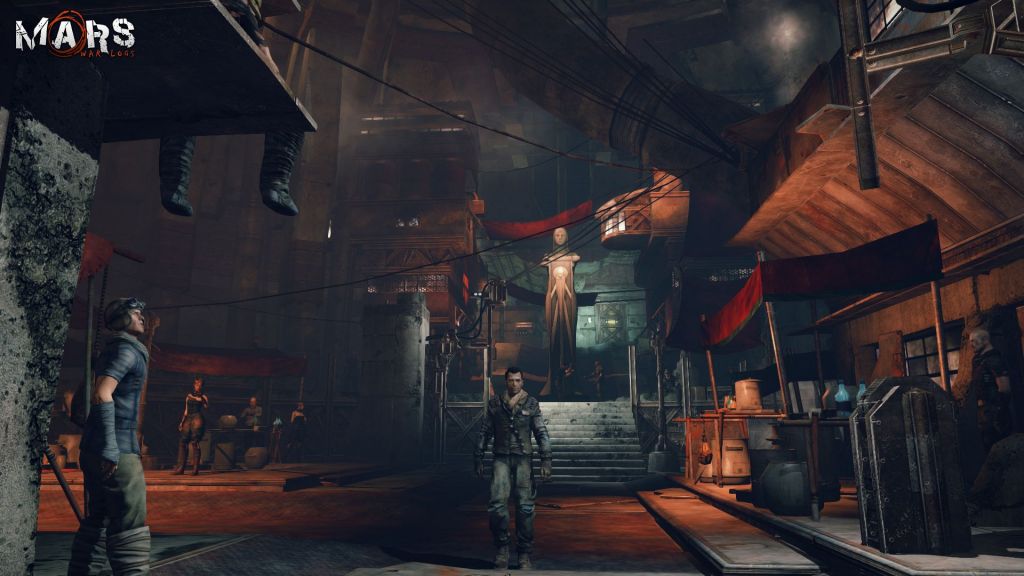
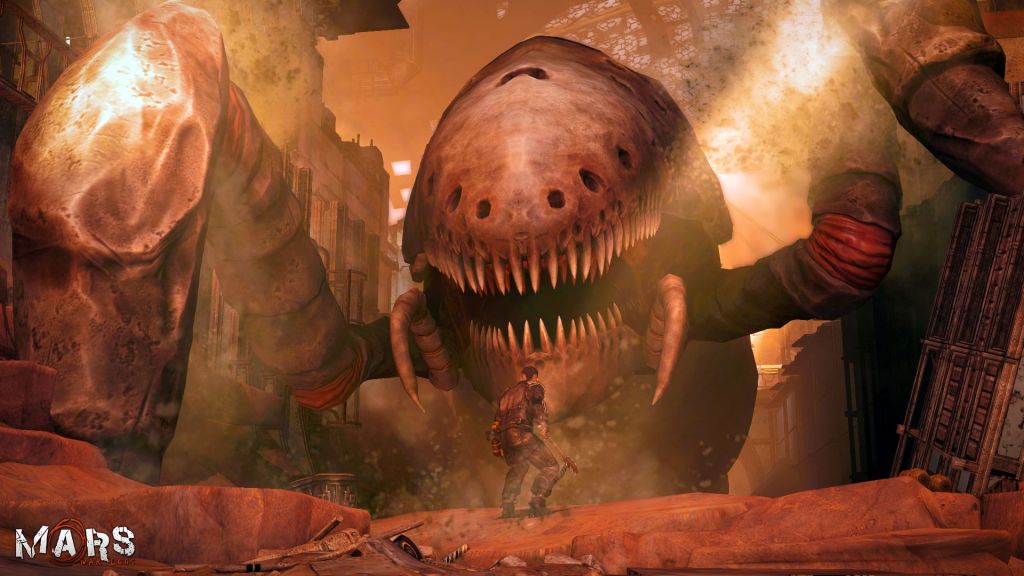
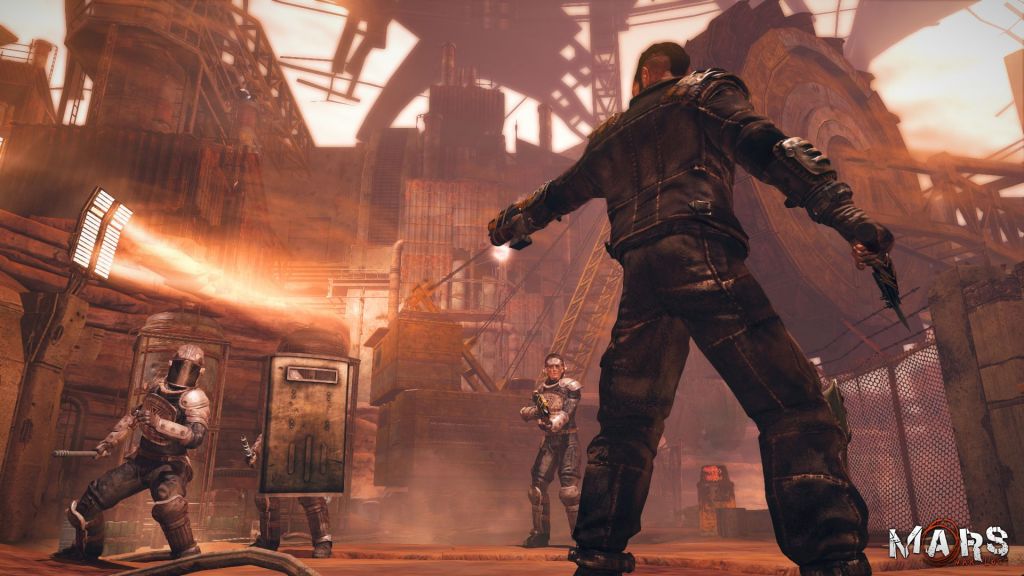
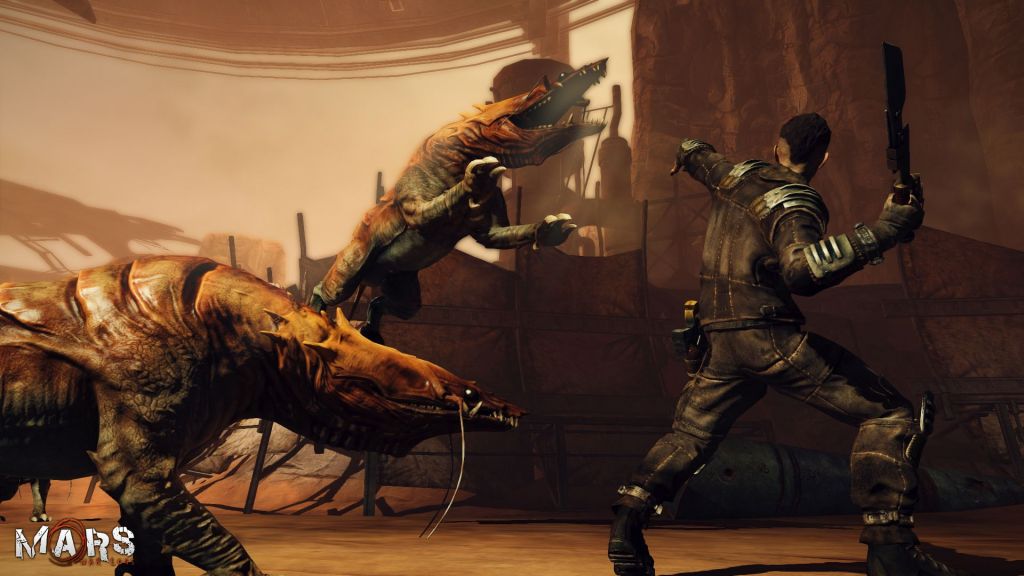
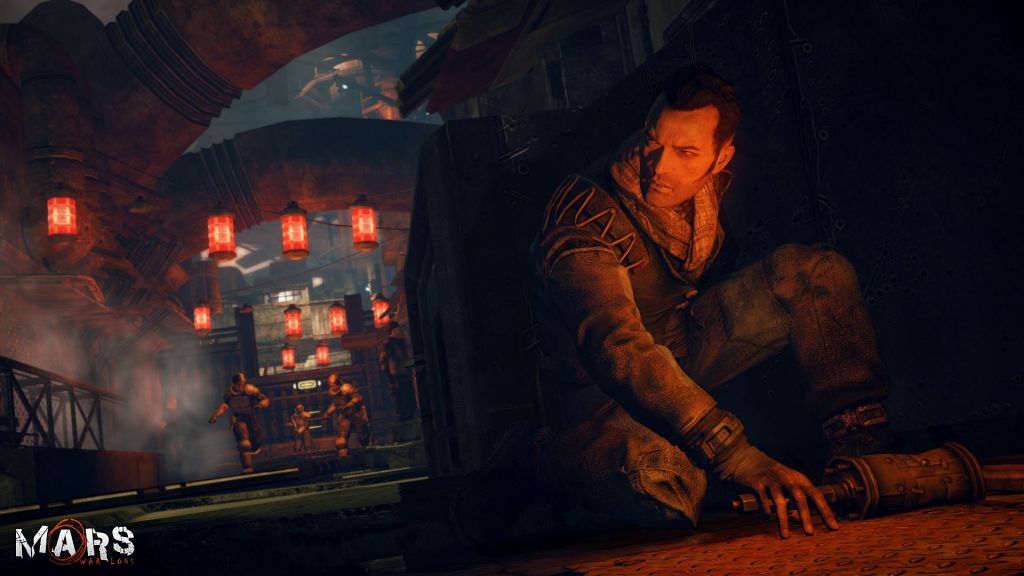
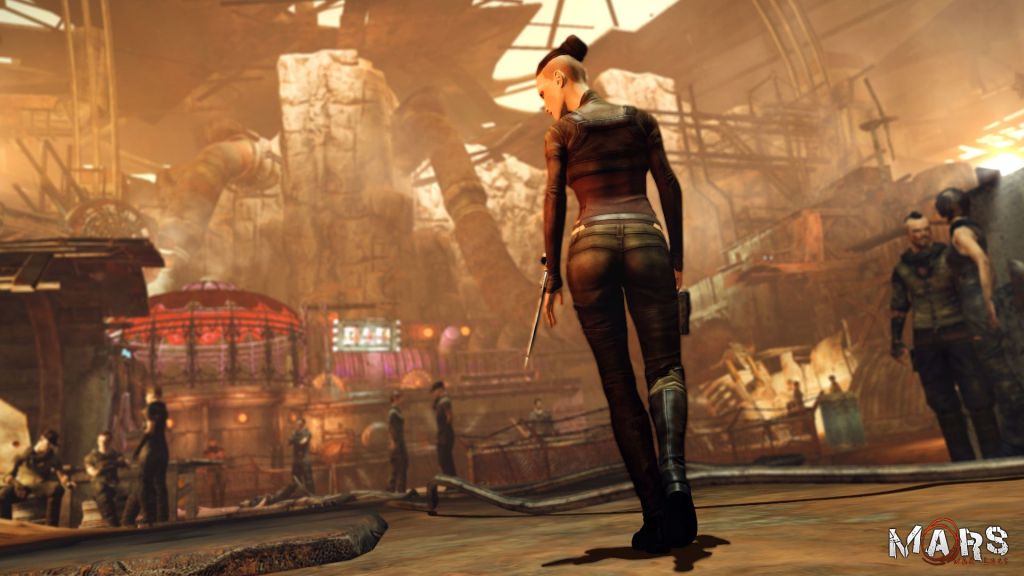
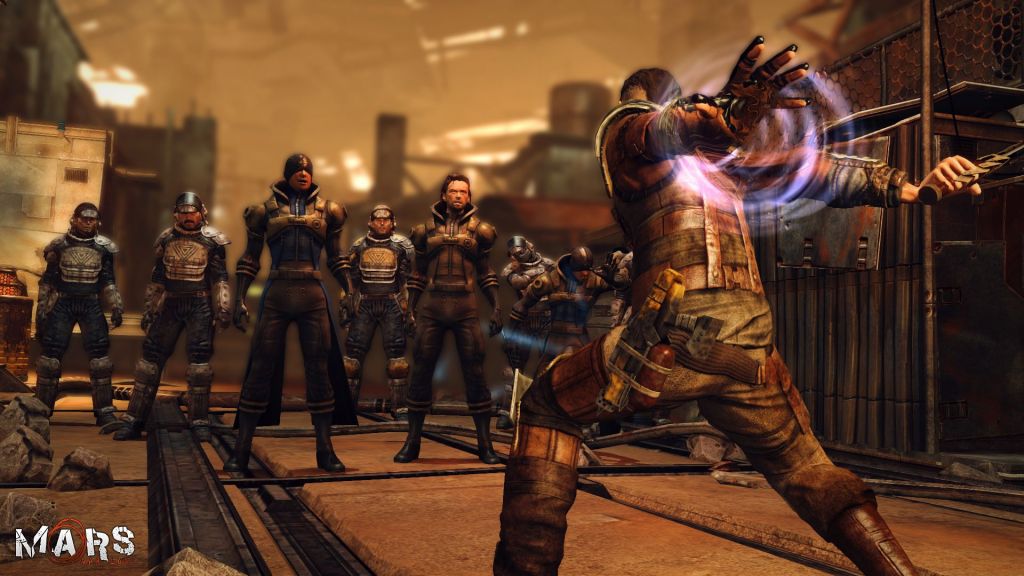

Derr I was expecting a the best AAA game system fighting derrr from a budget game derrr… DERRRRRRRRRRRRRRRR